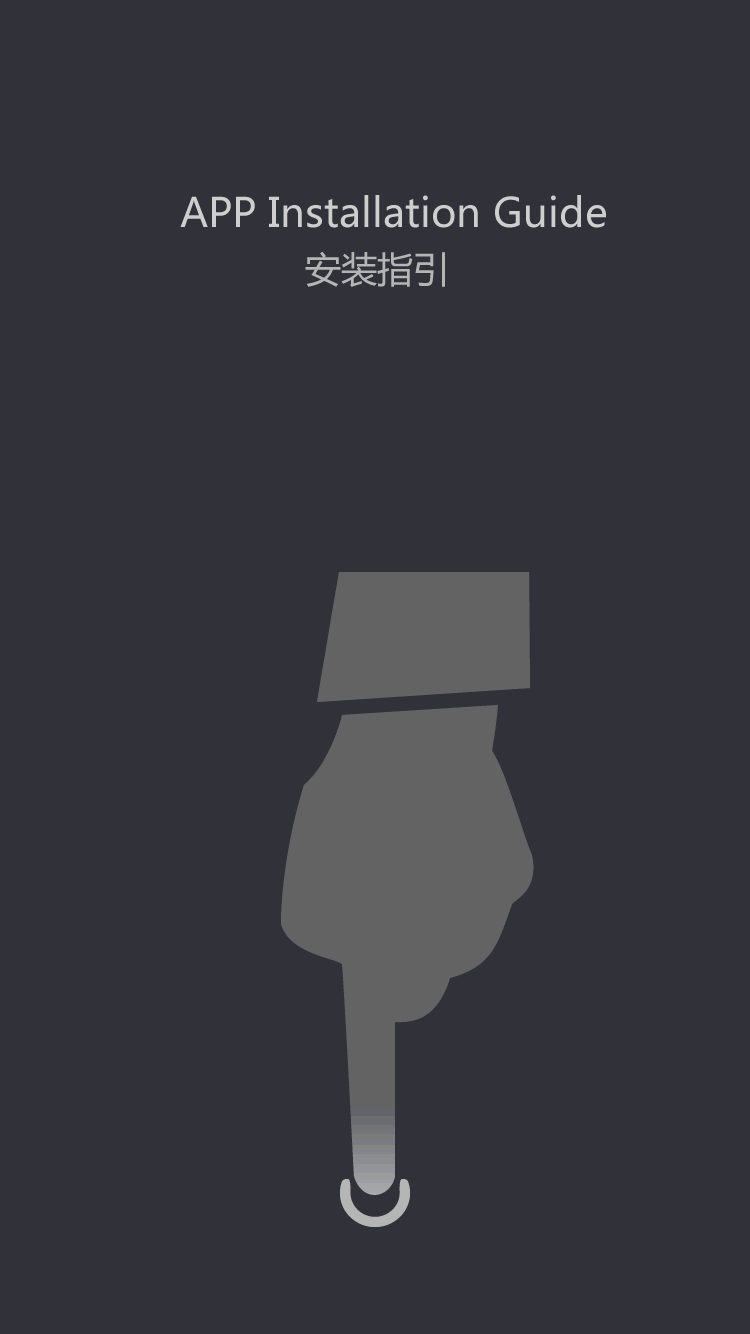Precision Fiber Cleaver
These fiber stripping tools are also compatible with stripping Fujikura newest Spider Web RibbonTM ,which consists of optical fibers (with a coating diameter of 250μm or 200 μm) fixed intermittently. Below the drawing of the fiber optic link above is a graph of the ability in the link over the length of the link. The vertical scale is optical power at the distance from the transmitter proven in the horizontal scale. As optical sign from the transmitter travels down the fiber, the fiber attenuation and losses in connections and splice reduces the power as proven in the inexperienced graph of the power. Prior to designing or putting in a fiber optic cabling system, a loss price range analysis is recommended to make sure the system will work over the proposed hyperlink.
That identical loss finances will be used as to check test results after set up of the cabling to make sure that the parts were put in accurately. Both the passive and energetic parts of the circuit need to be included within the loss budget calculation. Passive loss is made up of fiber loss, connector loss, and splice loss. Active components are system achieve, wavelength, transmitter energy, receiver sensitivity, and dynamic range. Prior to system flip up, test the circuit with a source and FO power meter to ensure that it's within the loss finances.
2H is an isometric backside view of the second body portion of the fiber cleaver of Figs. In the past, the difficult means of blade rotation adjustments has necessitated increased service and upkeep of the fiber cleavers due to the frequent improper cleaver blade rotation and top changes. With the introduction of the FC-6 series, Sumitomo now has the ultimate software for single and ribbon cleaving. Fiber Optical Cleaver of HF-06 is a new generation product ,it's extraordinarily mild and dependable cleaver for the development of optical community , Designed for excellent portability, the cleaver is good for FTTx functions. The hooked up hexagonal wrench on the bottom permit you adjust cleaver anytime and all over the place.
To get good fiber optic splices or terminations, especially when utilizing the pre-polished connectors with inside splices, it is extremely essential to cleave the fiber properly. The term “cleave” is somewhat confusing, as is the terminology for the device that does the job, so let’s outline our terms and have a look at how the process is done properly. The lid plate 16 is opened to launch the clamping of the optical fiber 1 by the use of the clamp members eleven, 12, 17, 18. Since the optical fiber 1 set on the fiber resting desk 10 is jumped upwardly as proven in FIG. Further, by opening the lid plate 16, the cam follower 6 is disengaged from the cam 4 completely, with the outcome that the slider 13 could be moved freely.
Gone are the days when all fiber optic cables had been the same. Most building cables had sixty two.5/125 micron multimode fibers for LANs or security techniques, while outdoors plant cables were all single-mode fiber.
Thus, by shifting the slider in the direction b, a subsequent cleaving operation could be started. In this condition, if the slider thirteen tries to be retarded within the course b, for the reason that cam follower 6 can not ride on the cam four, the slider cannot be retarded. Further, because the pusher three is within the lowered situation, finish faces of the broken optical fibers usually are not contacted with each other, thereby preventing the tip faces from being damaged.
A one step polish was performed on the cleaved fiber to dome the fiber end (10 figure-8 motions have been utilized on a wet lapping movie). The ensuing fiber finish had a sufficiently centered apex. A photo image of the interferogram for one of many prepared fibers is proven in Fig. 3A. The ensuing finish shape and finish is adequate for use in a subject put in connector. 2G is an isometric backside view of the fiber cleaver of Fig.
You just have to insure that the fiber breaks totally in entrance of the connector ferrule so it can be polished properly. Cleaving is the method by which an optical fiber is “minimize” or exactly broken for termination or splicing. Just like cutting glass plate, fiber is reduce by scoring or scratching the floor and applying stress so the glass breaks in a smooth manner alongside the stress lines created by the scratch. Properly carried out, the fiber will cleave with a clean surface perpendicular to the size of the fiber, with no protruding glass on both finish .
A sharp and exhausting blade 2 and an elongated prismatic cam 4 are fixed onto the slider thirteen. The cam 4 is disposed aside the blade 2 in parallel with the latter and can be moved instantly in the instructions a-b in FIG. An superior electronic fiber cleaver for fibers as much as 250 μm designed to be used in production lines where ease-of-use, process velocity and a excessive production yield is essential.
fiber optic cleaver FC-6S, excessive precision, preparation for single fiber(cleave size 6~20mm)/ribbon fiber cables . An alternative cleaving methodology, usually used to take away extra fiber from the top of a connector before polishing, uses a easy hand software called a scribe. The scribe has a tough, sharp tip, typically carbide or diamond, that's used to scratch the fiber manually. Since both the scribing and breaking course of are beneath manual management, this method is less predictable than an excellent cleaver, however can produce enough outcomes for sharpening.


































![[Dry Goods] how to avoid electrode rod after fusion black?](https://img5811.weyesimg.com/uploads/tumtecchina.com/images/15840915146146.jpg?imageView2/2/w/1920/q/100/format/webp)







































